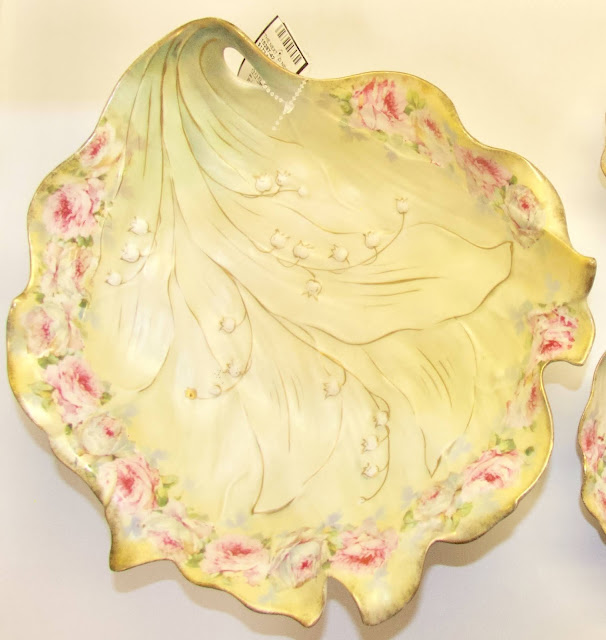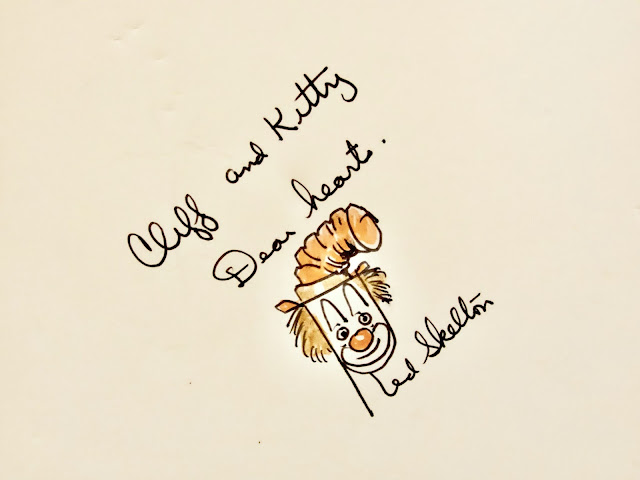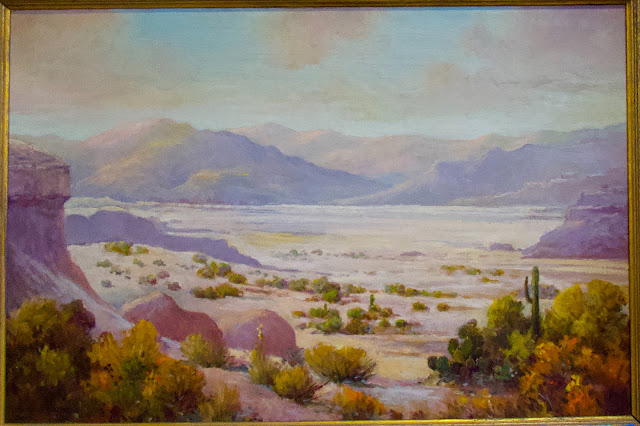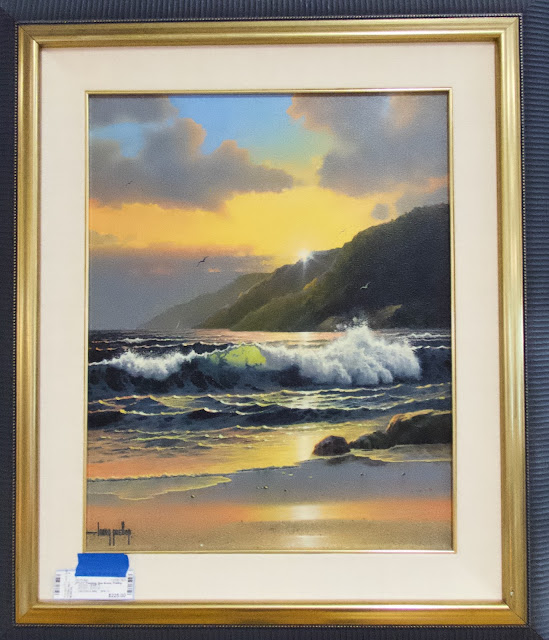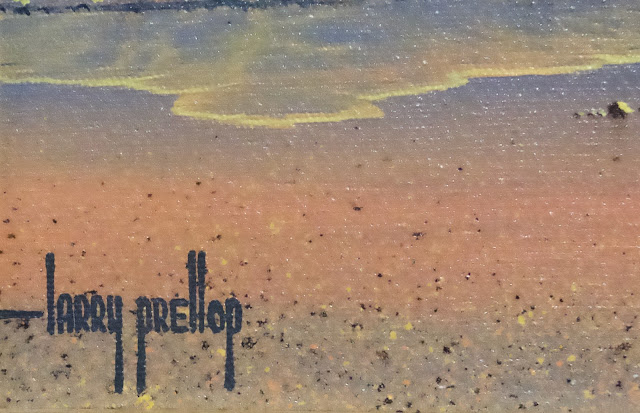This beautiful berry set, lavished with soft pink roses, delicate bas relief lilies-of-the valley, and lush gold trim, is a sizable 13 pieces, with a large berry bowl and 12 smaller individual serving dishes (because of space, only three of the small bowls are pictured). Such berry sets were popular in the 1800s through the early 1900s as an elegant way to serve strawberries, raspberries, or other fruit.
Both the large bowl and the individual bowls have a small opening, so that excess juice or liquid could be poured off. The berries would be arranged in the large bowl and guests would serve themselves using the smaller individual bowls.
This splendid serving set is by the famed German porcelain company of R. S. Prussia. Founded in 1892 by Reinhold Schlegelmilch, this company produced luxury porcelain goods in Suhl, Germany, from the late 1800s through World War I. The green wreath and red lettering date these pieces to the beginning of the last century. The unusual undulating shapes show the influence of art nouveau era.
All posted items are for sale at Next-to-New, but things can sell quickly!
15287-42

